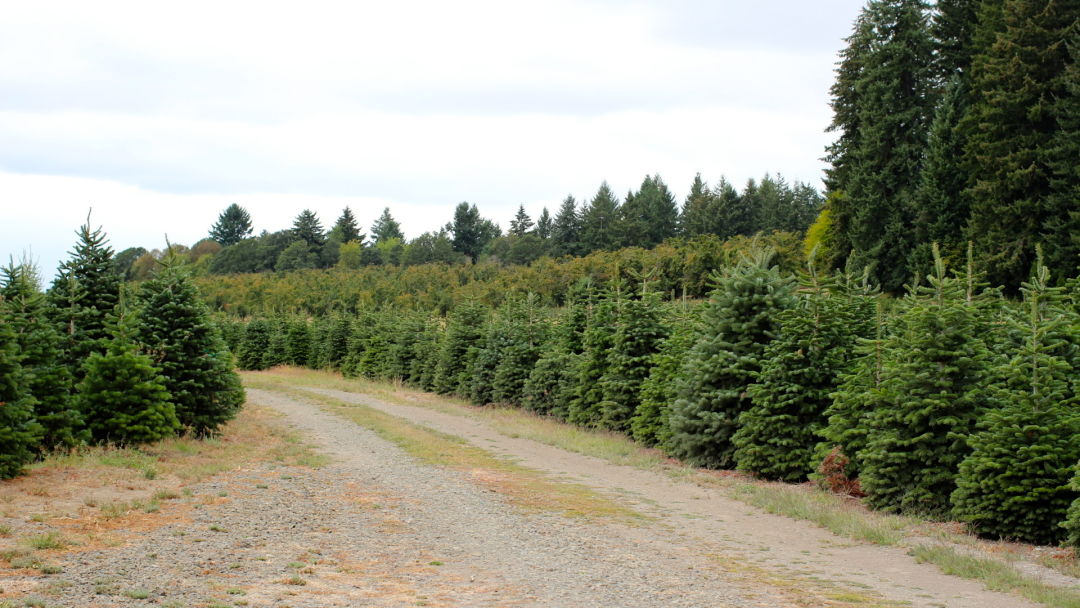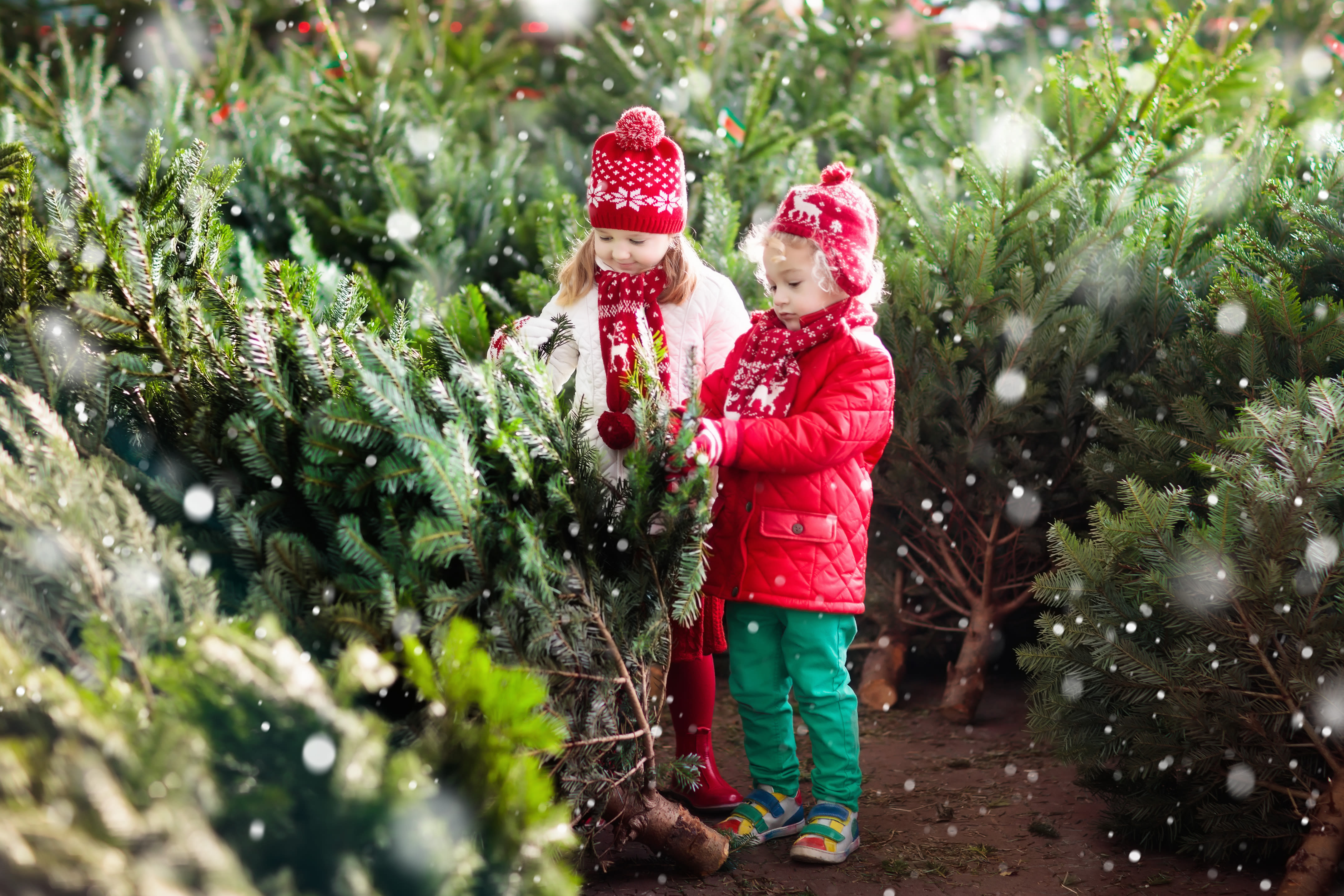America's Christmas Trees Come From Oregon. This Year, There's a Shortage.

In Hillsboro, Furrow Farm's coniferous crops are available for u-cut customers.
Image: Dana Furrow
Although Oregon is known for bikes, forests, and marionberries, it is also known for Christmas trees. Our state's cold winters and long sunny summers provide the perfect conditions for growing piney-fresh (and well-proportioned) Nordmans, Doug firs, and Nobles. According to the most recent survey conducted by the National Christmas Tree Association, in 2012 Oregon was the no. 1 Christmas tree producer in the nation, and it wasn’t even close: our output topped runner-up North Carolina by more than 2 million trees.
But this year, there just aren't as many of those standard 6–8-foot trees to go around. Christmas trees take about 7 to 10 years to mature (growing about one foot a year); back-date that ideal height, and you're entering the years immediately following the Great Recession of 2008-09. If you recall, people in general weren’t feeling very festive then, and hard-hit farmers in Oregon and other states were reluctant to make the long-term investment represented by this seasonal crop. Nine years later, the result are in: the nation has a Christmas tree shortage, one that may not let up until 2025.
"About eight to 10 years ago is when the recession hit,” explains Molly Hickman, a spokesperson for the Pacific Northwest Christmas Tree Association. “Farmers either went out of business, changed the crops they were doing, or just weren't able to afford seedlings." Licensed growers in Oregon fell from nearly 700 in 2010 to 392 currently.
Hickman says Oregonians, by virtue of their proximity to tree farms, will likely not see the pinch, though they might feel it in their pocketbooks. According to Hickman, average local tree prices are up about $5–10. “So not huge, but people will notice.”
By the Numbers
$84.5m Estimated revenue from Oregon Christmas trees in 2015
5.2m Estimated Oregon Christmas trees harvested in 2016
92 Approximate percentage of Oregon Christmas trees shipped to other states
45 Approximate percentage of Oregon Christmas trees shipped to California
$50.82 Average price of a Christmas tree (nationally) in 2015
$74.70 Average price of a Christmas tree (nationally) in 2016
Real vs. Fake
The lack of real trees may tempt people to switch over to fake trees. According to the National Christmas Tree Association, the percentage of folks purchasing fake trees rose by more than six percent between 2015 and 2016—from 12.5 million to 18.6 million nationally. “It is very concerning,” Hickman admits. In response, she says, the Pacific Northwest Christmas Tree Association has posted a pro/con list. “[We have] a big campaign going on that's called 'It's Christmas; keep it real.’"
Where (and Where Not) to Nab Your Tree
Because of the Christmas tree shortage, some popular Oregon Christmas tree farms have closed for the 2017 season, including JTB U-Cut Christmas Trees, Pollard Ranch, and Usher’s Tree Farm. But don't worry—we've already scoped out nine totally open U-Cut Christmas tree farms within 90 minutes of downtown Portland. (You're fir-y welcome!)




